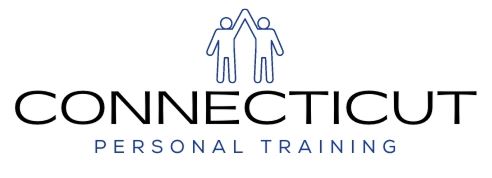What is muscle fiber type and why is it important for your personal fitness training? There are two types of skeletal muscle fiber types: Type I and Type II. Every person (and every muscle group) has a proportion of both muscle fiber types. The percentage of each muscle fiber type determines what type of training and sport would be the most beneficial to each client. Genetics will determine the proportion of muscle fiber types each person has. It is impossible to change one muscle fiber type to another, but you can focus your training on a specific muscle fiber type to help promote their activation.
Type I Muscle fiber types are also referred to as Slow-Twitch. Slow-twitch muscle fibers are not extremely explosive and tend to lack power and strength, but they do exceptionally well with endurance by clearing waste and using oxygen as fuel. Type I athletes are going to be your endurance runners, swimmers, and cyclists. These athletes don’t rely on bursts of strength and explosiveness, but rather focus on the necessity to not fatigue.
Type II Muscle fiber types are broken down into two sub groups. Type IIa and Type IIb. Type II muscle fibers, also referred to as fast-twitch muscles, generate much more power and strength, but will fatigue rapidly and need more time to recover. The majority of field athletes will fall into the Type IIa category. These athletes need short bursts of strength and power (sprinting, kicking, hitting, etc), but also need a balance of endurance to be able to perform longer than the 2-3 seconds it takes the Type IIb athletes to expend the phosphagen they use for energy.
An example of a Type IIb athlete would be an Olympic Power Lifter in which a movement is performed one to two times with 100% maximum effort and will usually require three to five minutes to fully recover.
So how does the average person figure out which muscle fiber type is most dominant in them? The most common way is to pick a compound exercise like the bench press or back squat. Load the exercise with 80% of your 1 rep max.
- Fewer than 7 reps= fast-twitch dominant
- 7-9 reps= balanced between slow and fast twitch (Type IIa)
- More than 9 reps= slow-twitch dominant
To get the most results out of your workouts, it is key to train to your muscle fiber type. That being said, there is a lot of value in training your “weaknesses,” or the muscle fibers that are less dominant!
For a Type I client, they will shine performing exercises that focus on time under tension. That is training with higher reps with slow controlled movements, and short 30-second rest periods between sets. To get more well-rounded results, it is also a good idea to mix high-weight, low-rep exercises and power moves every so often. This will help create balance and improve overall strength.
Type II dominant clients respond extremely well to explosive and fast-moving exercises. They also are much more adept to performing lifts with very heavy weight and low repetitions. But they should not neglect the slow-twitch muscle fibers. They will greatly benefit from periods of high reps and slow eccentric movements.
The point of this article is to explain that you absolutely must train to your strengths. You will get the best results when you figure out what works best for your body and target that. BUT ignoring your weakness will always be a detriment. So, while the majority of your training should focus on the muscle fibers that are the most dominant, never totally neglect your weaknesses!



